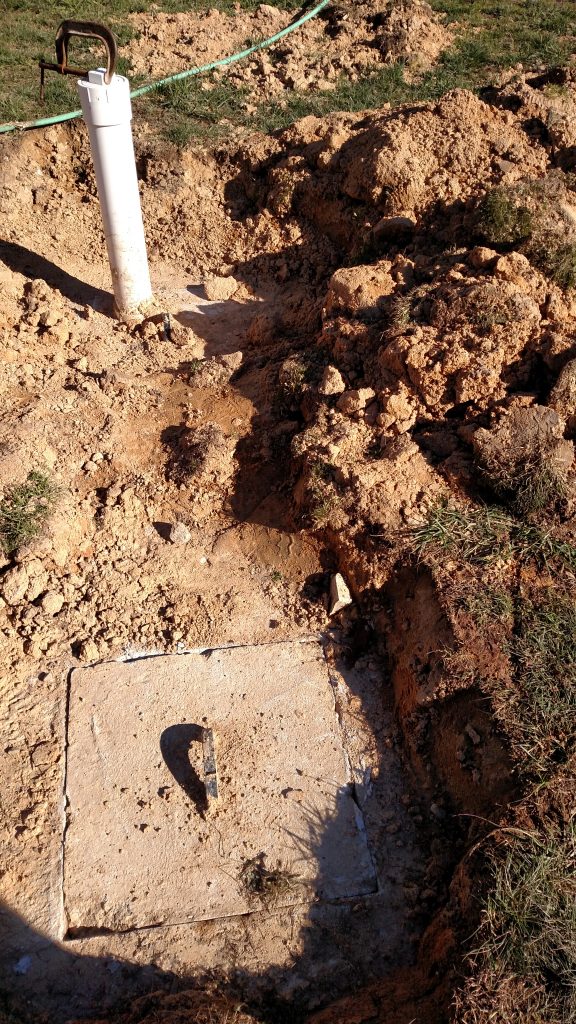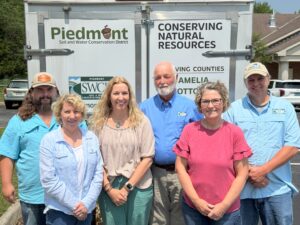A failed septic system is expensive to repair and can pollute drinking water as well as surface water. Protect your investment and Virginia’s water quality by taking care of your septic system. If you are experiencing problems with your septic system, or if you are interested in a septic tank pump-out, you may be eligible for financial assistance (available for all income levels). Contact the District or click here for more information!
- The tank is usually in front of the location where the waste stack (usually a 4″ pipe) exits the home, most likely from the basement.
- Look for an as-built diagram of your home, which will show the tank’s location.
- If you cannot locate your tank from your own records, you may be able to obtain your system records from the appropriate county health department.
- Legally, septic tanks must be located more than 5 feet from your home’s foundation.
How does a septic system work?
- Wastewater exits your home through a pipe and into the septic tank.
- Sludge (solid waste) settles at the bottom of the tank, where it stays until removed by a sewage handler during a pump out. Bacteria in the waste begin the breakdown process. Grease and water float to the top of the tank.
- An outlet T-pipe directs the water from the septic tank to the distribution box and through a series of drainfield lines that distribute water evenly throughout the soil and rock of the drainfield.
- Bacteria in the soil digest and remove most contaminants from wastewater before it reaches groundwater.
What can I do to prolong the life of my septic system?
- Have your septic tank pumped every 3-5 years by a licensed sewage handler. Having your septic system inspected or tank pumped costs between $300-$375, which could prevent costly repairs in the future. Replacing a failed septic system costs between $3,000-$10,000.
- Reduce your use of the garbage disposal, which adds additional waste to your septic system. This increases pumping frequency to every 1-2 years.
- Practice water conservation by installing water-saving fixtures and repairing leaks.
- Plant only grass over the drainfield. Roots from trees or shrubs can cause damage to the drainfield lines.
- Avoid driving or parking on the drain field to avoid breaking your drainfield lines.
- Stagger your water use (for chores like laundry) throughout the week instead of all on one day.
- Do not use your toilet or drains as a trashcan. Do not dump non-degradable items like grease and paint into your drains or toilet.
- Limit the usage of harsh chemicals, such as bleach.
What are signs of septic system failure?
- Sewage surfacing over the drainfield / the presence of water over the drainfield, even in dry weather
- Lush, green growth over the drainfield, even when surrounding vegetation is dry
- A strong odor coming from your yard
- Sewage back-ups or slow-draining toilets or sinks

